It hasn't changed that much from last year. I've updated some readings. The biggest change is I'm trying something new with the final project. The past few times I've taught the course, I've had a big final project, and a manuscript review assignment earlier in the semester. This time, I decided, at the advice of students from last year's class, to have students peer review each others' final projects instead. I struggled with how to do this assignment in a way that would be helpful for everyone. I didn't want to overwhelm students if they received feedback from 2 classmates in addition to feedback from me. So, I'm going to try modeling it on the peer review process. Each student will anonymously review 2 other students' projects. They will submit the reviews to me, and then as part of the grading feedback, I will serve as "editor" providing the student who wrote the final project with feedback that incorporates their classmates' reviews. My goals with this assignment are to provide students with:
1. Process of writing peer reviews
2. Feedback from multiple sources
3. Experience of going through peer review, with feedback from an editor and 2 reviewers
Students who choose to revise their paper for an improved grade will have to also respond to the editor and reviewers' reviews. We will see how it all goes.
I love teaching this course. It provides an opportunity for me to talk about adolescent development, to hear from students with a range of interests and perspectives, and to keep up to date on contemporary work in the area.
“The post Grad Seminar in Adolescent Development 2015 first appeared on Eva Lefkowitz’s blog on January 14, 2015.”

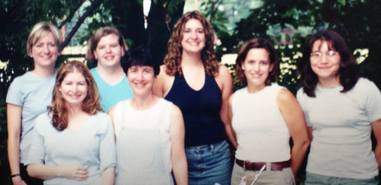
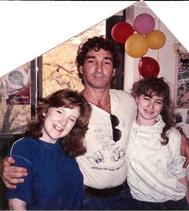
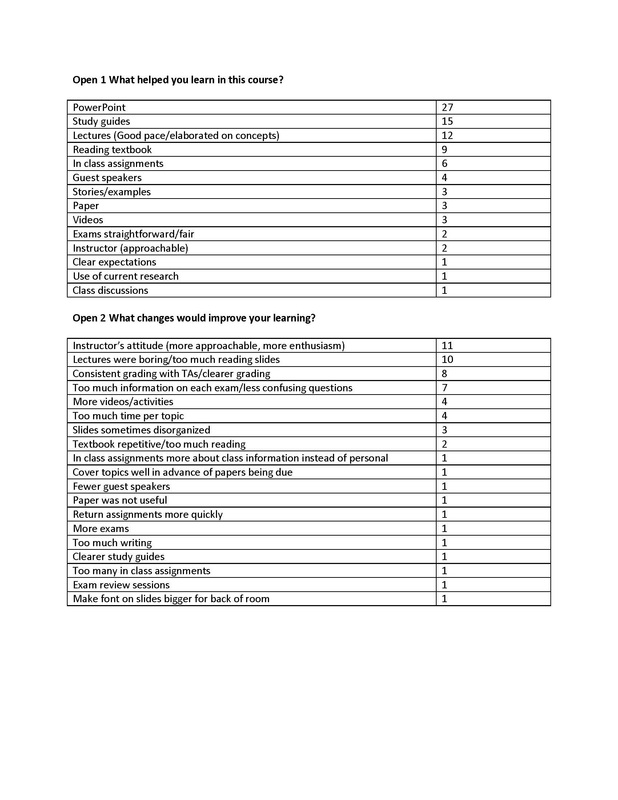
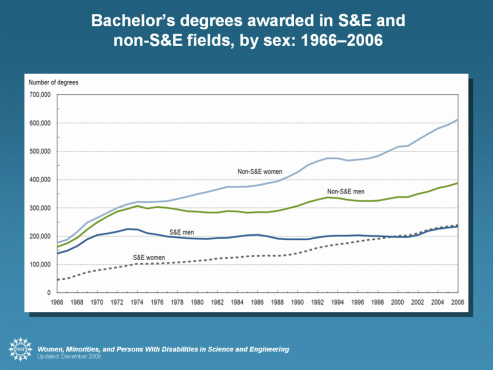
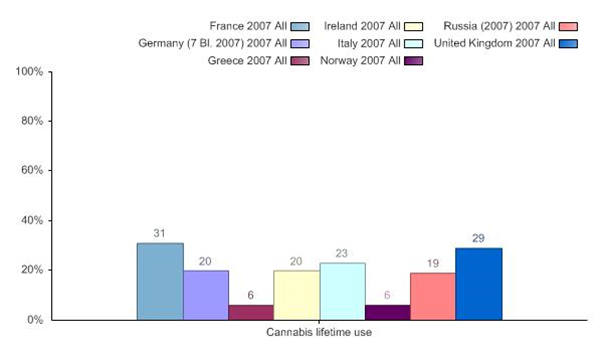
 RSS Feed
RSS Feed
